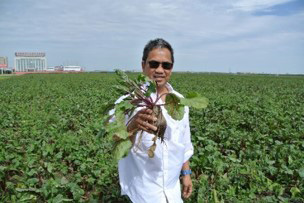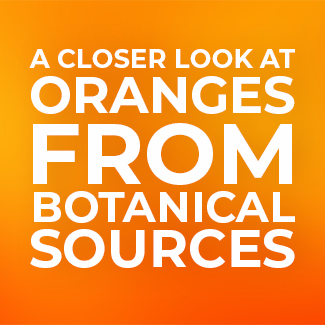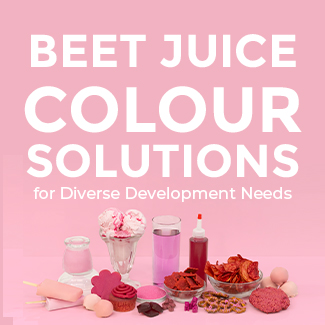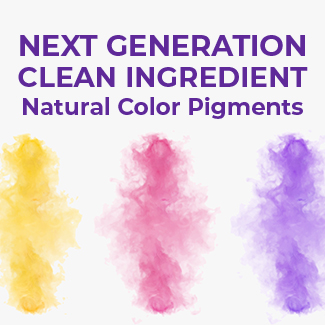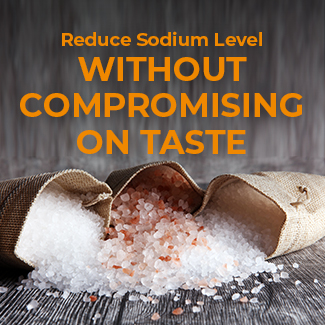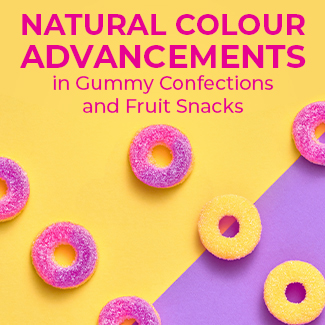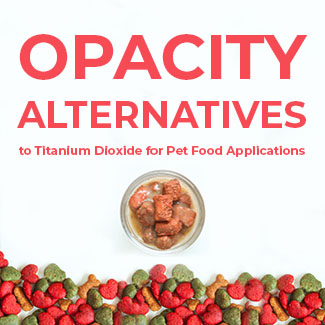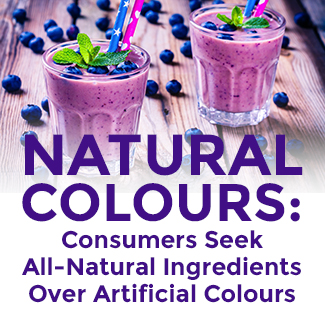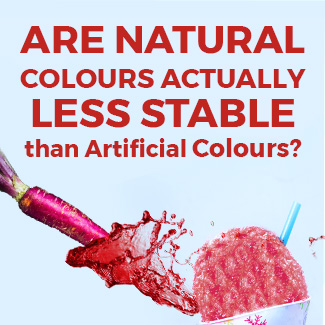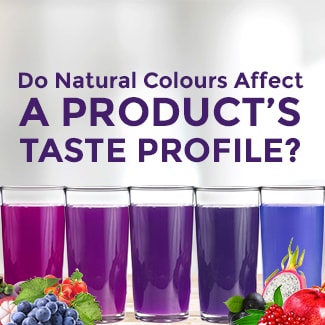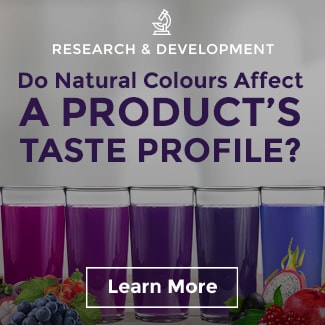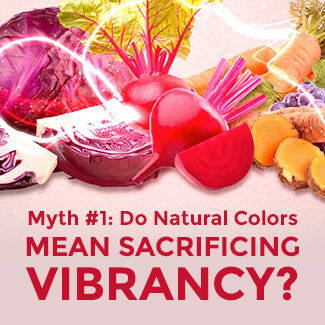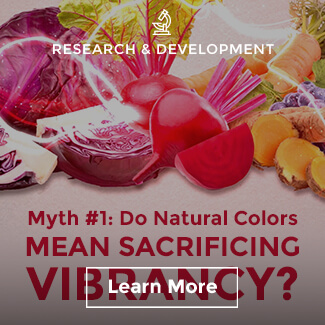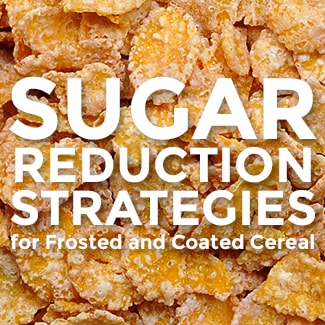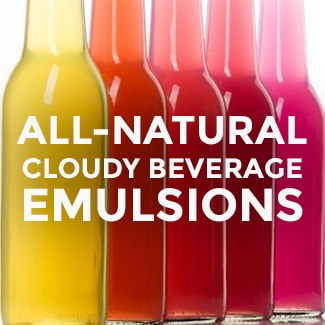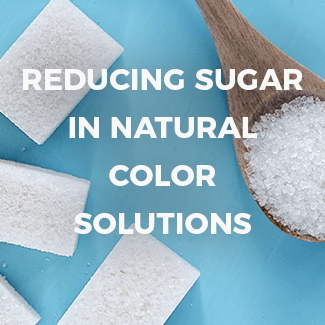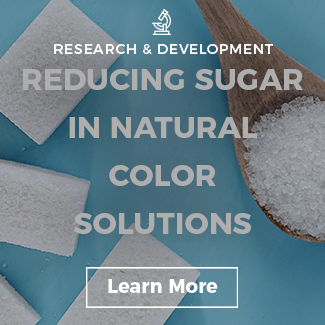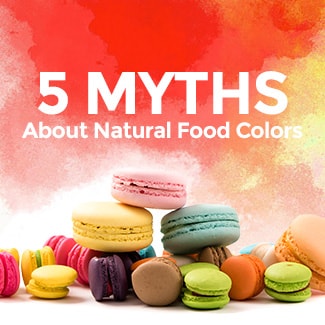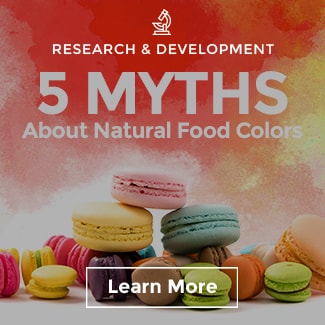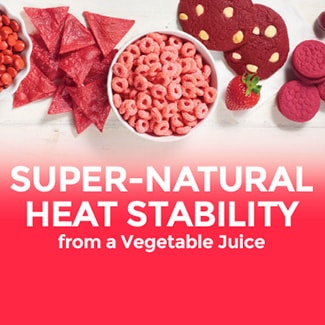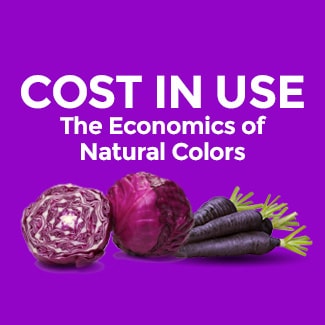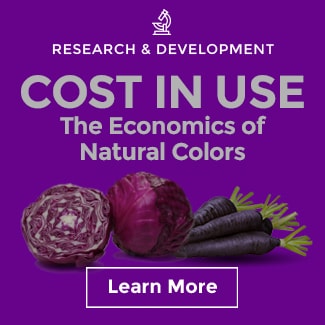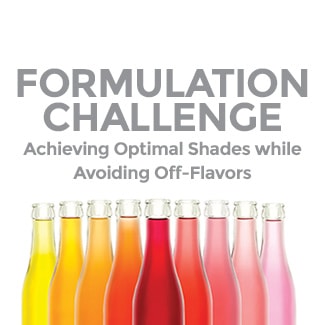The Economics of Natural Colour Pigments
With the use of natural colour now in more than 80% of new products launched globally, many product developers aren’t strangers to the challenges associated with cost-in-use for colour from botanical sources. In short, it is because colours from botanical sources often contain less than 2% pigment versus 90% in a synthetic dye. So while it is a factual assumption that natural colours are more expensive when compared to synthetics, there are advantages to colours from botanicals and a lot of advancements occurring behind the scenes to drive down cost.––––––– WATCH THE VIDEO BELOW TO LEARN MORE –––––––
As you learned from the video, extraction technology can help to reduce cost-in-use, but the major gains will come from improved colour crop seeds. Let’s take a closer look at some innovative agricultural practices for beet juices:A robust portfolio of beet juice shades is ideal when working across the many food and beverage applications. The growing region and plant genetics of a beet play a large role in the botanical’s pigment development.
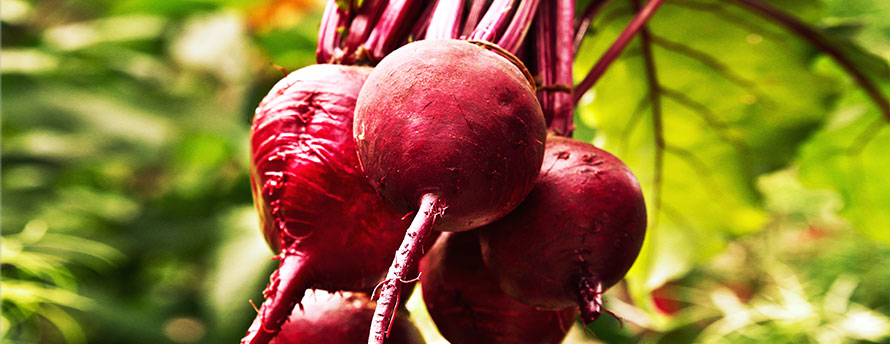 Different locations yield different shades, and different varieties produce different pigment compounds. For example, some regions produce yellowish red beets and others yield bluish red beets—both pigment compounds serve a purpose in the natural colour industry. A developer targeting a red velvet shade might benefit best from a bluer beet; whereas, a more yellow beet would be ideal for cherry or tomato red shades.
If a colour supplier didn’t have the yellow beet option in their crayon box, and the target shade was tomato red, then a yellow component like beta carotene, annatto, or turmeric would most likely need to be added to the solution to achieve that specific colour. While it might seem as simple as blending a red and a yellow together, there are several factors to consider: processing parameters, colour component compatibility, pH, packaging, light and heat stability. A broader range of beet shades enables colour suppliers to hit target shades in the most efficient manner at the best cost-in-use rates. Sensient’s agronomy program continues to branch out to new regions for further exploration in beet sourcing to manage shade and cost expectations. Interested in trying one of Sensient’s current beet colour offerings, click here to request a sample.
While pigment compound is one factor impacting cost-in-use, another is pigment concentration. The %betanin is used to determine colour strength in beet colourants.
Different locations yield different shades, and different varieties produce different pigment compounds. For example, some regions produce yellowish red beets and others yield bluish red beets—both pigment compounds serve a purpose in the natural colour industry. A developer targeting a red velvet shade might benefit best from a bluer beet; whereas, a more yellow beet would be ideal for cherry or tomato red shades.
If a colour supplier didn’t have the yellow beet option in their crayon box, and the target shade was tomato red, then a yellow component like beta carotene, annatto, or turmeric would most likely need to be added to the solution to achieve that specific colour. While it might seem as simple as blending a red and a yellow together, there are several factors to consider: processing parameters, colour component compatibility, pH, packaging, light and heat stability. A broader range of beet shades enables colour suppliers to hit target shades in the most efficient manner at the best cost-in-use rates. Sensient’s agronomy program continues to branch out to new regions for further exploration in beet sourcing to manage shade and cost expectations. Interested in trying one of Sensient’s current beet colour offerings, click here to request a sample.
While pigment compound is one factor impacting cost-in-use, another is pigment concentration. The %betanin is used to determine colour strength in beet colourants.
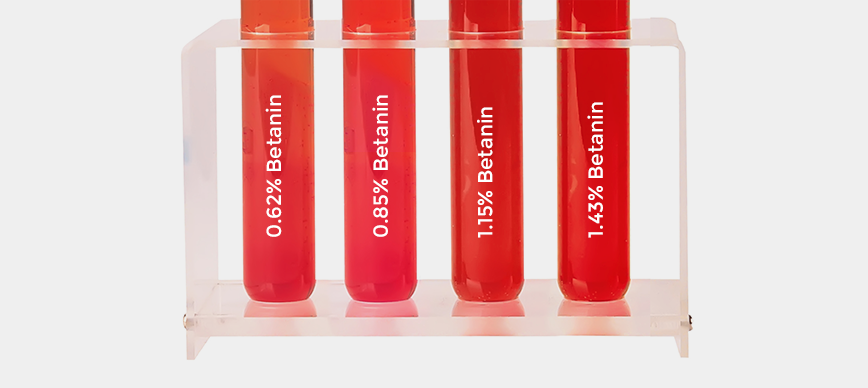
©2025 Sensient Colors LLC, all rights reserved. THE SENSIENT trademark and the Sensient Technologies Corporation logo are owned by Sensient Technologies Corporation.
Related Posts



